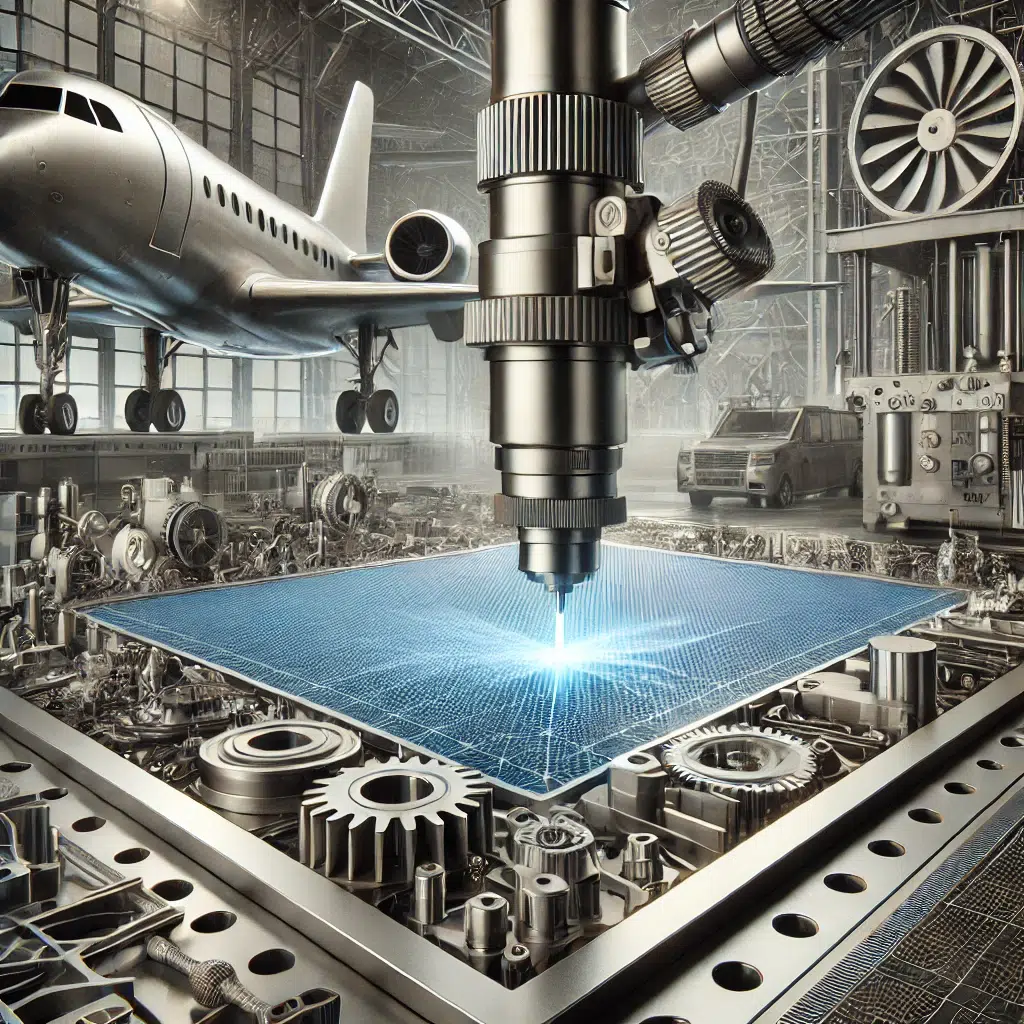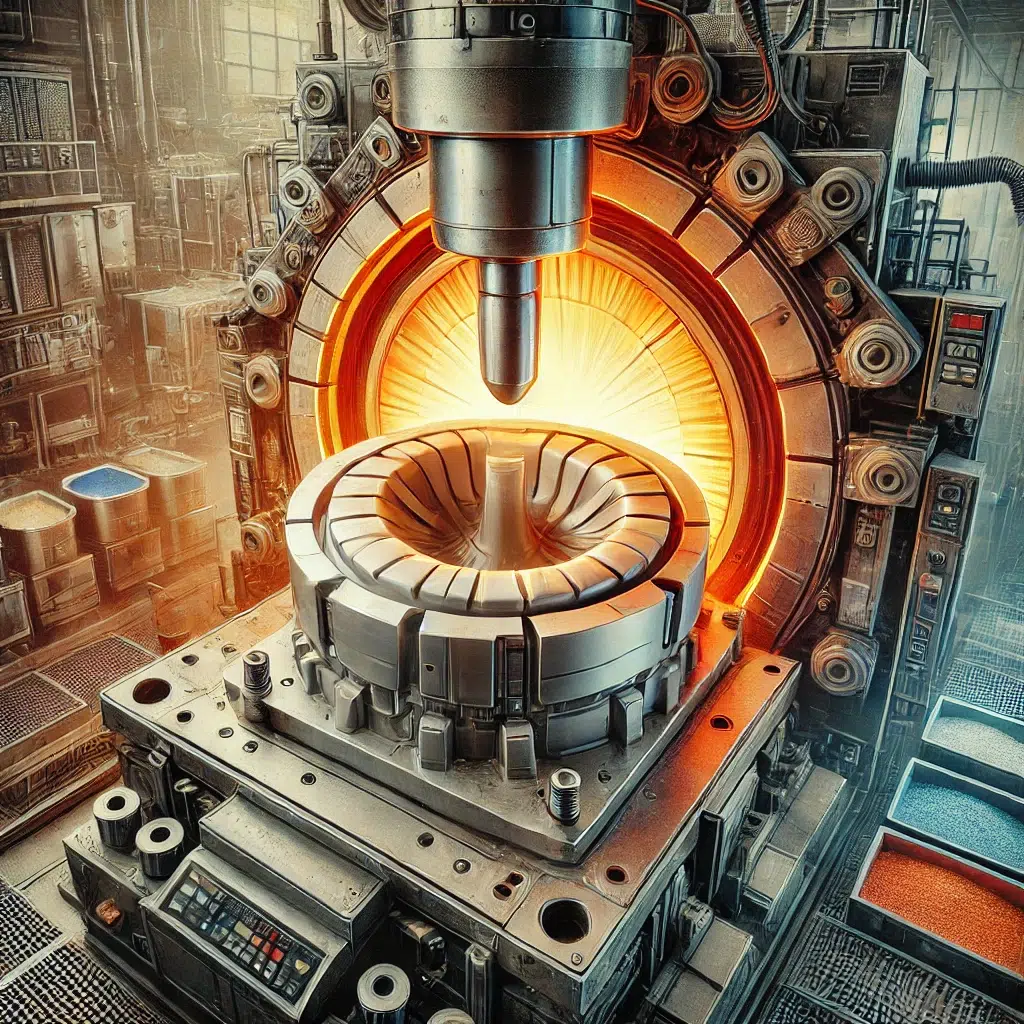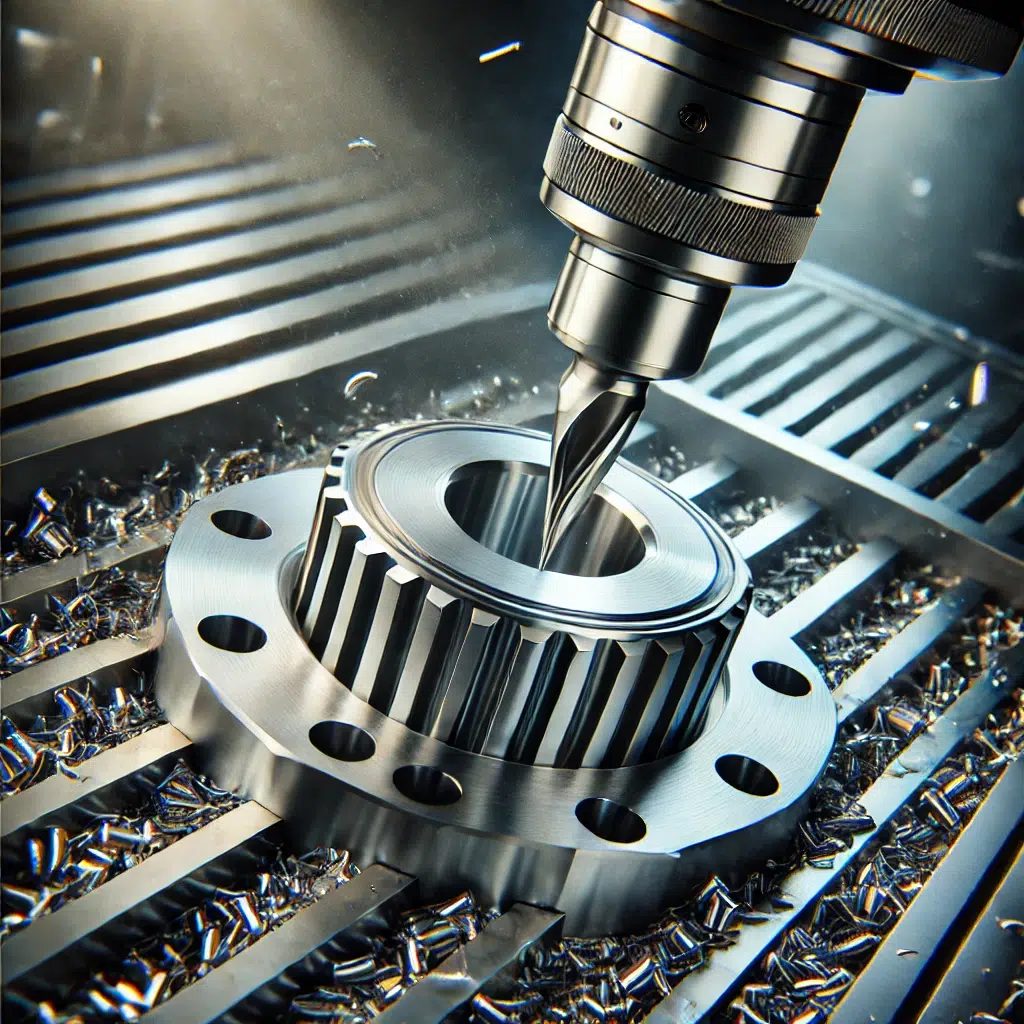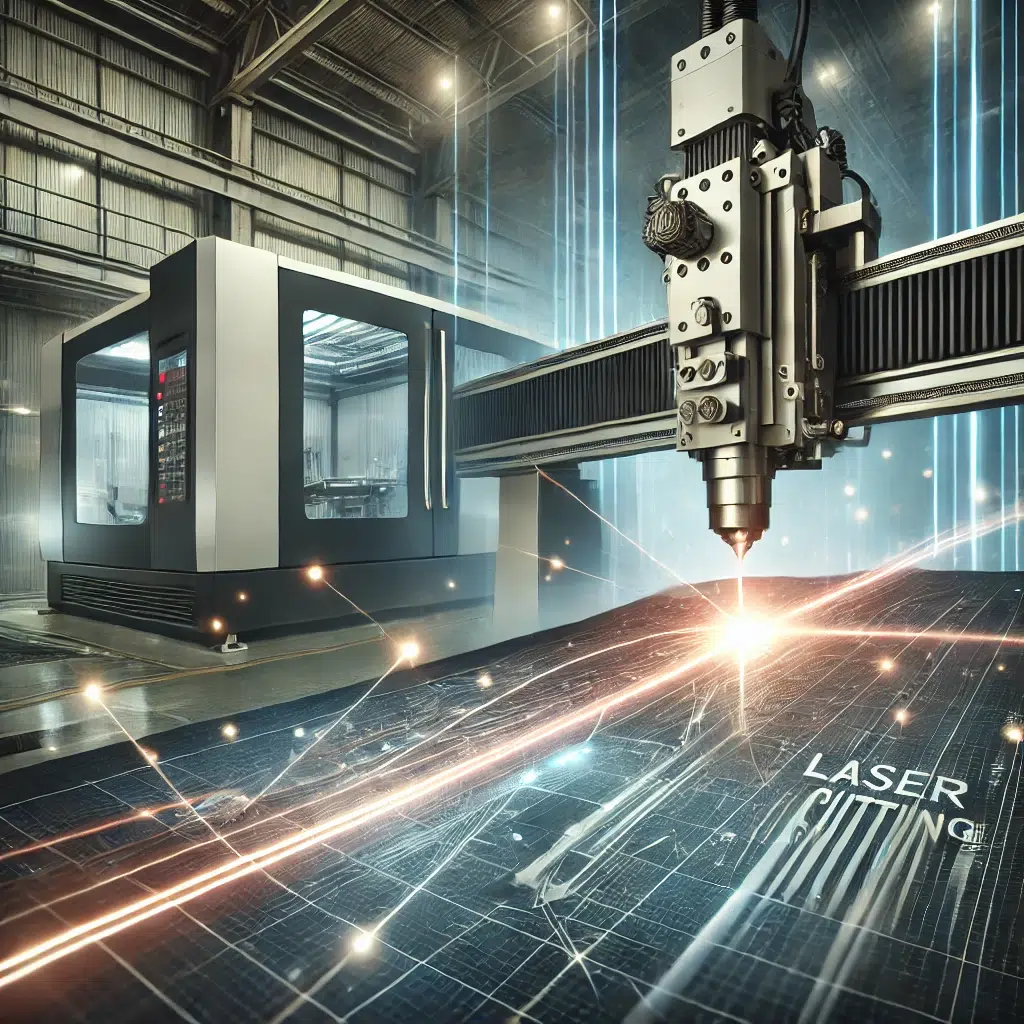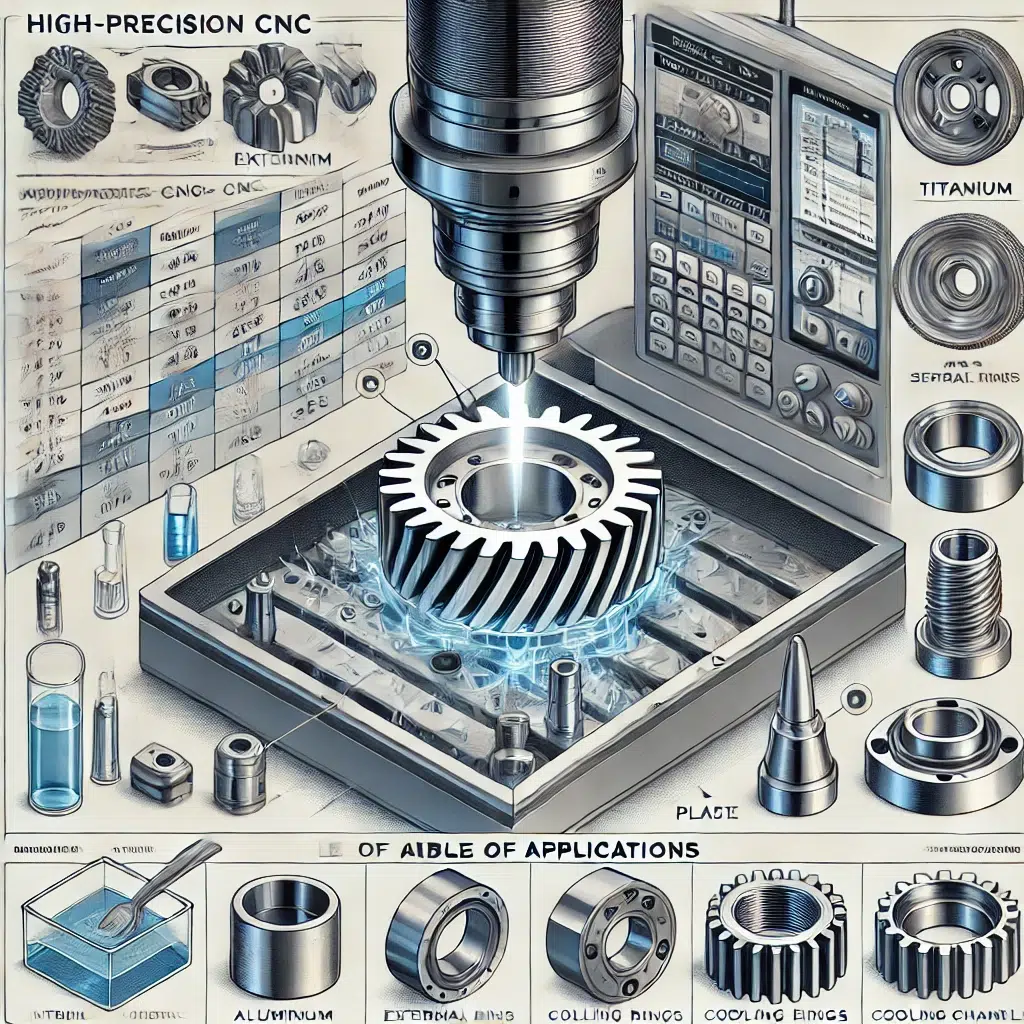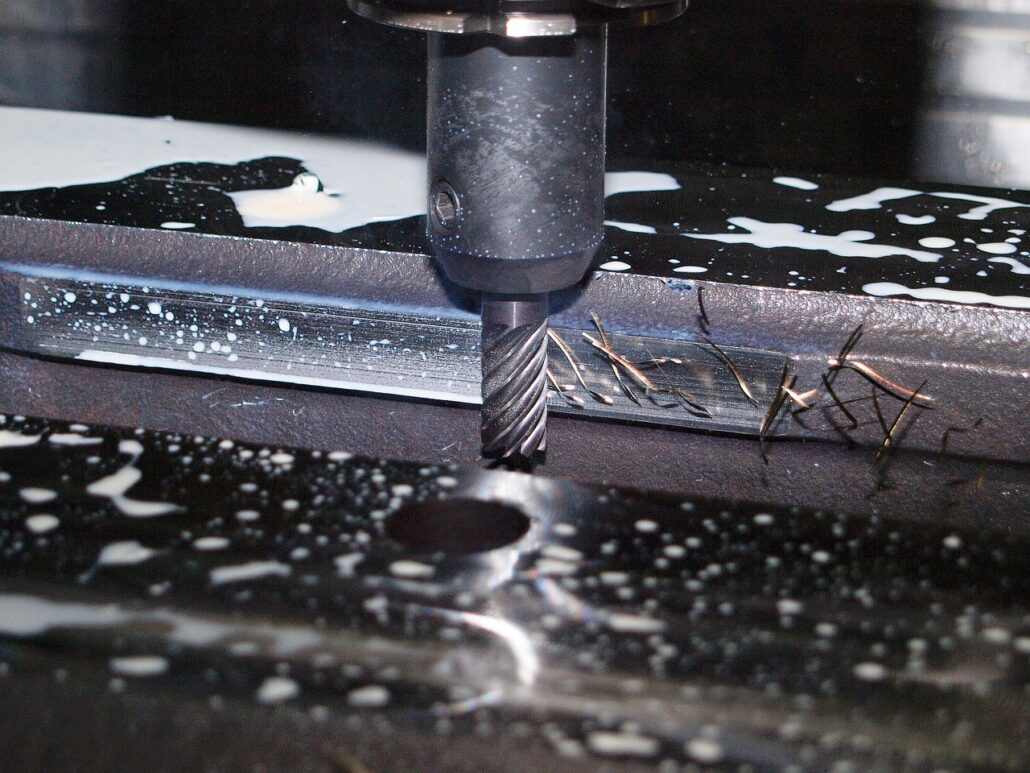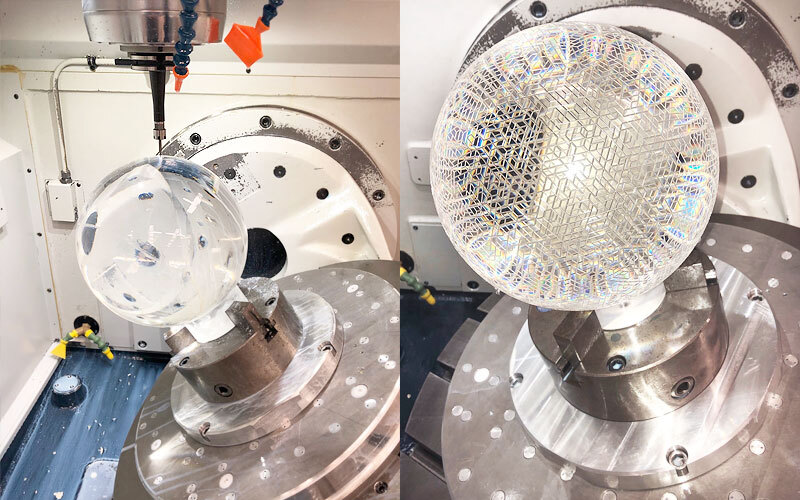Precision Waterjet Cutting: Achieving Accuracy Manufacturing
Waterjet Cutting: Precision […]
Precision Waterjet Cutting: Achieving Accuracy Manufacturing Read More »
Machined parts ship in 3 days, order your metal & plastic parts today. Contact us now
Machined parts ship in 3 days, order your metal & plastic parts today. Contact us now
Waterjet Cutting: Precision […]
Precision Waterjet Cutting: Achieving Accuracy Manufacturing Read More »
Dongguan City Longsheng Hardware Technology Co., Ltd (东莞市隆胜五金科技有限公司)
Don’t miss our future updates! Get Subscribed Today!
Copyright © 2023 Dongguan City Longsheng Hardware Technology Co., Ltd. All rights reserved.
